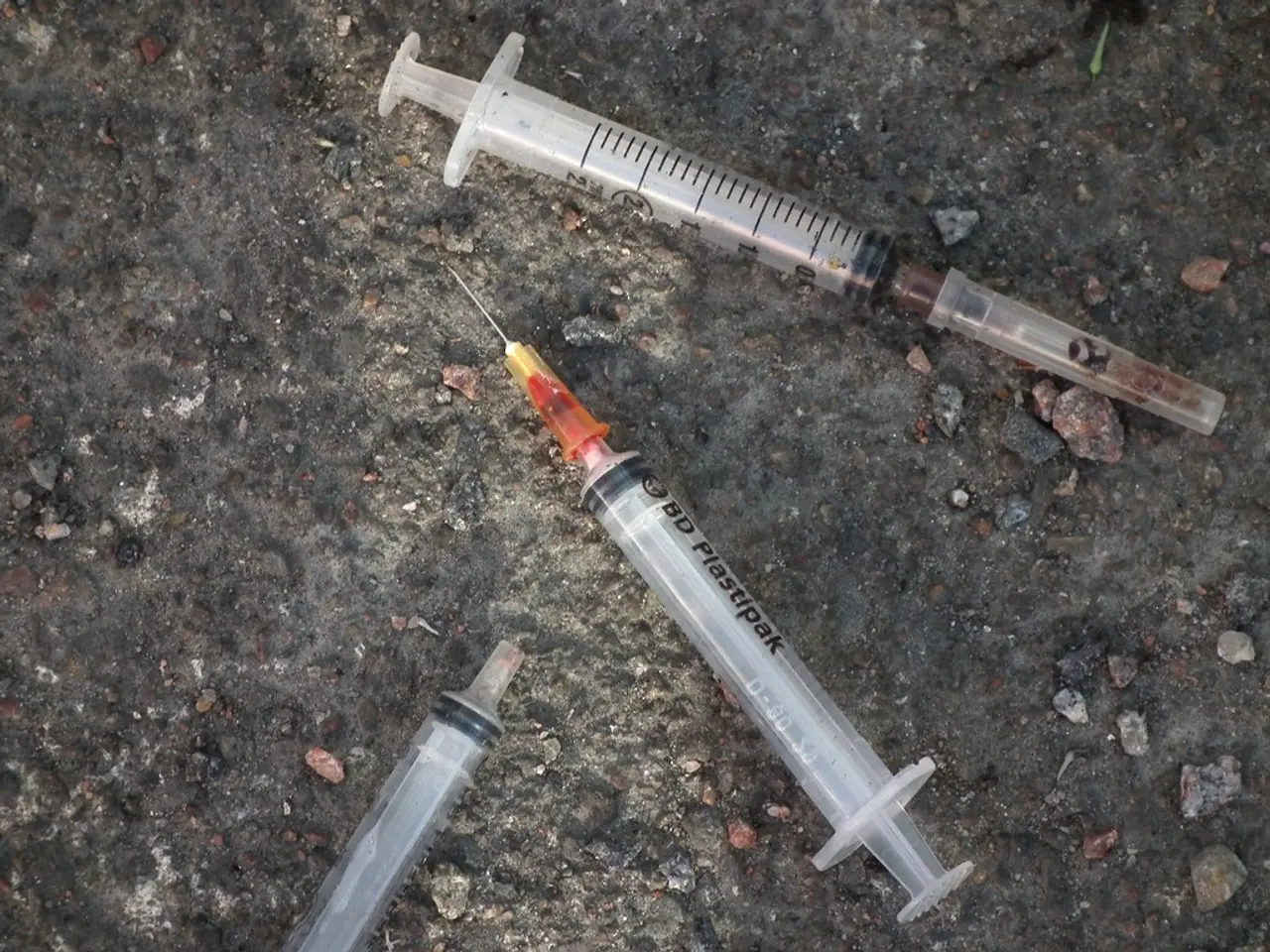Guidelines for Authentic Liar Detection Examinations: Essential Facts to Understand
Professionally Administered Polygraph Tests: Ensuring Scientific Rigor and Fairness
Polygraph tests, also known as lie detector tests, are used to determine the truthfulness of an individual in various situations. These tests follow internationally accepted and scientifically validated techniques, ensuring both accuracy and ethical treatment of the examinee.
Reputable examiners adhere to strict international protocols, primarily defined by the American Polygraph Association (APA) forensic and ethical standards, quality control, validated test techniques, and the examinee's suitability requirements.
- Use of Validated Polygraph Techniques: The examiner applies methods supported by at least two scientific studies showing accuracy of 80-86%, depending on the exam type.
- Pretest Review of All Questions: The examiner reviews all test questions with the examinee before beginning the test to ensure clarity and consent.
- Neutral Examiner Behavior: The examiner maintains neutrality and avoids bias or suggestive behavior during the test.
- Obtainment of Informed Consent: The person being tested gives written consent after understanding the procedure and potential outcomes.
- Examinee Suitability Screening: Test candidates must meet cognitive and mental health requirements, such as being free from active psychosis, drug/alcohol abstinence for 24 hours, and having cognitive ability sufficient to understand questions and the meaning of truth and lies.
- Quality Control and Record Keeping: Complete records are maintained and available for independent review. Records must include consent forms, test questions, charts, audio or video recordings, and scoring sheets.
- Use of Evidence-Based Validation: Any deviations from approved protocols must be documented and explained in writing.
- Handling Refusal and Notification Protocols: If the examinee refuses to consent or cooperate, appropriate notifications and procedures must be followed, often halting the examination pending further instructions.
- Avoidance of Experimental Methods: Examiners must avoid using unvalidated or experimental polygraph techniques not meeting APA standards.
- Ethical Compliance: Examiners must adhere to the APA's professional ethics, ensuring integrity, confidentiality, and respect throughout the process.
These standards ensure scientific rigor, fairness to the examinee, and reliability of results in professionally administered polygraph testing.
Other crucial factors include a distraction-free environment, informed preparation to reduce unnecessary anxiety, and the examinee's health status. Fatigue can negatively affect a polygraph test, so the examinee should have had adequate sleep and rest before the examination.
Improvised or outdated techniques risk collecting unreliable data, and the results may not be considered credible in any professional context. If the examinee has recently undergone accusatory or coercive interrogation, this can significantly affect the outcome of a polygraph.
In summary, a professionally administered polygraph test follows internationally accepted and scientifically validated techniques to ensure the accuracy and professionalism of the results. The examinee's rights are protected, and the test is conducted in a fair and ethical manner.
- The examiner utilizes physiological responses to physiologically validated techniques in polygraph tests, fostering accurate lie detection.
- During polygraph testing, both the examinee and the examiner must understand the significance of truth and lies, ensuring mutual consent.
- In lieu of experimental or unvalidated methods, examiners apply tried-and-true polygraph techniques consistent with the standards of the American Polygraph Association (APA).
- In health-and-wellness matters, the examinee's cognitive abilities, mental health status, and 24-hour drug/alcohol abstinence are vital factors for a valid examination.
- With peacefulness and a calm mind essential, a distraction-free environment contributes to more reliable polygraph test results.
- Polygraph test results are more credible when the examinee is well-prepared and has had sufficient sleep, as fatigue can jeopardize accuracy.
- Beyond scientific rigor and ethical guidelines, therapies and treatments may play a role in the examinee's capacity for understanding questions and the testing process.
- Ensuring fairness and scientific accuracy in polygraph testing involves adhering to quality control and documentation protocols, encompassing consent forms, test questions, charts, audio or video recordings, and scoring sheets.
- When the examinee is found to be unsuitable for the test based on mental health or cognitive standards, re-evaluation may be needed before moving forward with the test.
- The integrity of both the examiner and the results is maintained through adherence to the APA's professional ethics, which include confidentiality, respect, and avoiding bias or suggestive behavior.




